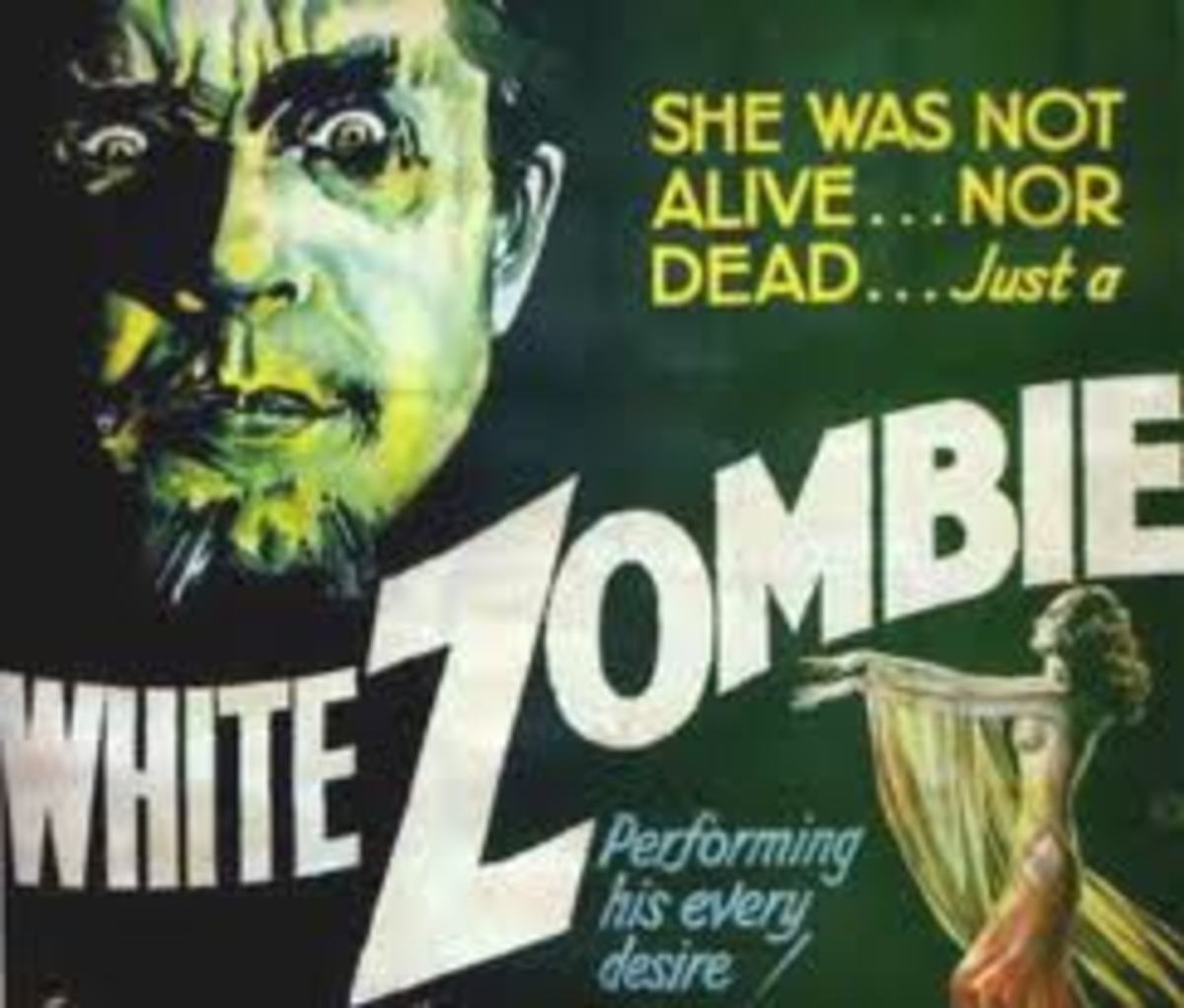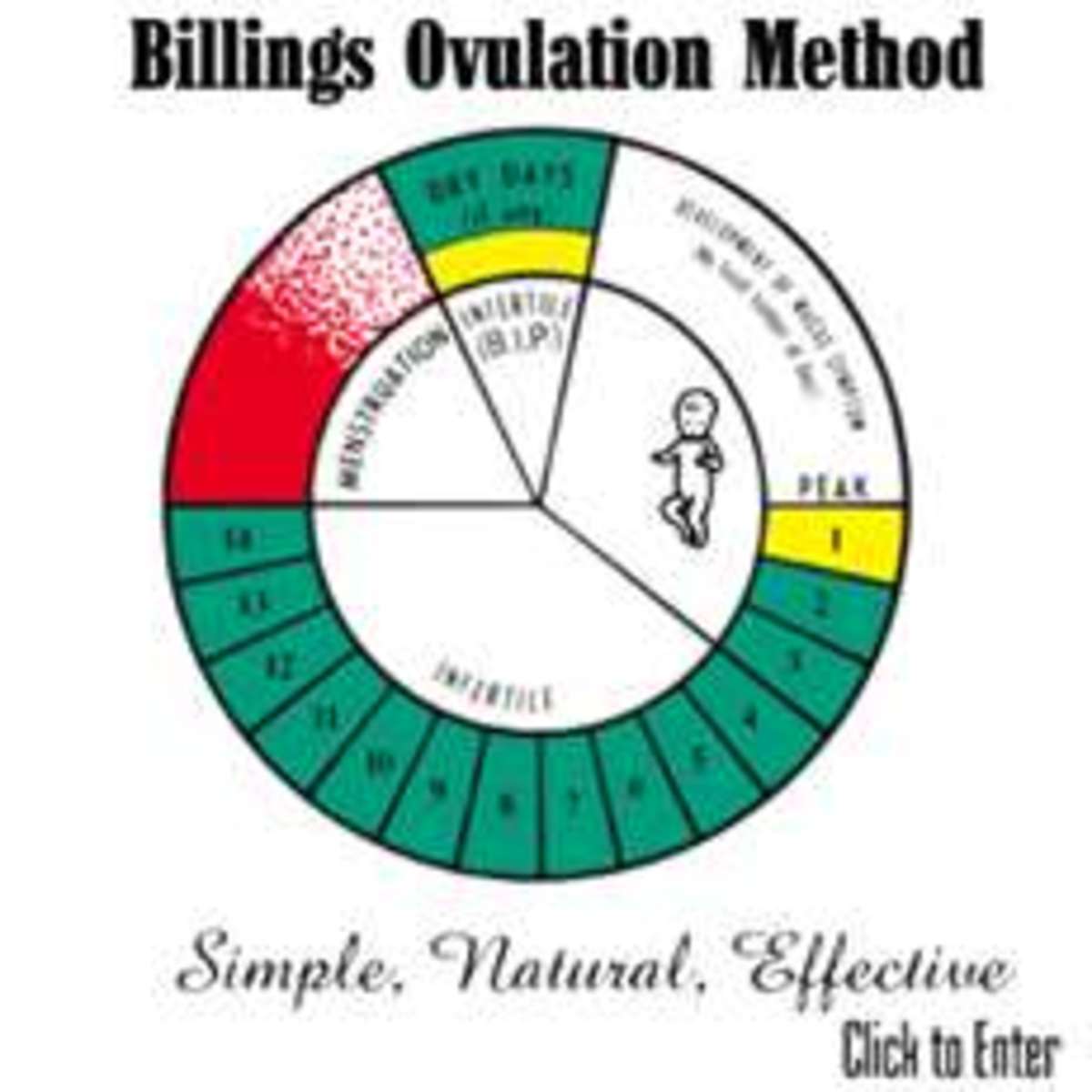Effects of Violence In Horror Films Past and Present
Horror films are widely popular and generate billions in revenue for today’s’ entrainment industry. Though filmmaking is at the top of money making endeavors today, is society also paying the ultimate price for these films. Are horror films to blame for their effects on children as well as adults? Have horror films past and present been responsible for creating a deviant society?
There is a great deal of debate about whether or not there is a connection between violence in cinema and its effects to young people. To this very day however, there has been no proven truth to their being an actual connection. Often, studies are conducted to question this theory and they focus on family environment as well as personality.
Horror movies are intended to horrify and terrify those viewing the films. Its all about emotions. Comedies are made to make viewers laugh. Dramas are made to make viewers cry and think. Documentaries are done to educate viewers and action films are made to show heroes defying all odds, saving the girl and defeating the villains. The interesting thing is that horror films receive the most controversy and are often the most criticized.
Violence in films isn’t being glorified as many would want us to believe. The world itself is a violent place. We have our very own serial killers running around taking life after life. The violence in horror films isn’t new to society, it already exists within society. Violence depicted in films is done to shock us. It would be hard to believe that the viewers would want to commit acts like that themselves. (Allen 2009).
Psycho was released in 1960 by Alfred Hitchcock and to this very day, that film is in constant review. During this time period, Psycho differed from today’s modern day slasher films in the sense that the director didn’t rely on slasher style techniques or gallons and gallons of fake blood. During this time period, cinematic laws were also very different in the sense that they couldn’t depict penetration (knife going into flesh). Hitchcock had to rely on different methods to horrify his audience and to all who have seen the film, he more than succeeded. If anyone even mentions the word shower scene, Psycho is the first thing to pop into their minds. (Hunt 1994)
Psycho wasn’t a violent movie so to speak. Hitchcock was very creative especially with the shower scene which took countless hours to film. There was no nudity and you never saw the knife actually stab the character. If you look at the violence and endless blood in later films to follow, many audiences did enjoy the blood drenching murders but that’s only because it was something new. Now slasher films aren’t as popular as they were in the eighties and nineties. There popularity has gone down most likely due to overproduction of sequels to initial slasher films. (Hunt 1994)
There were certainly murders during this time period and teenagers and adults and even children saw Psycho. Could there behavior have been altered by the films plot? Many would say no because of the level of violence in the film. Psycho, although supposedly a horror film, is widely regarded as a suspenseful film. If that were true, the same thing can be said about John Carpenter’s Halloween 1978. Although his techniques slightly mirrored Hitchcock, Carpenter’s Halloween was more suspenseful and featured very little bloodshed. Halloween did depict penetration because by then, laws had changed and that was less than twenty years after Psycho. Halloween was is still regarded as one of the most successful independent films. Though it featured brief nudity, Carpenter instilled different aspects within his film especially by focusing it on teenagers and killing off characters that did drugs and engaged in premarital sex as if to say to the teen audience, “If you do this, this could happen to you”. In his film, his only surviving character would be the virginal character.
Forty seven years after Psycho debuted, Rob Zombie released a reimaging of Carpenter’s original Halloween masterpiece entitled Rob Zombie’s Halloween (2007). This film, more or less a remake/prequel thrown together shows us how far we have come within the film industry and how different things have become since Psycho. Halloween (2007) was a violently graphic horror movie that featured brutal murder scenes and lots and lots of bloodshed as well as some of the most vile and frank language. That film went on to become the highest grossing film in the Halloween franchise. It would never have made that much money had it stuck with elements such as Carpenter’s low key suspenseful notions or even Hitchcock’s for that matter. Adults, teenagers, and children alike flocked to the theaters to see this film.
One thing is for sure, this film was never meant for children, yet so many children saw this film. Rob Zombie differs from Hitchcock greatly in the sense that though he wants to terrify his audience, he also wants the audience to really feel sorry for the characters in his films. He wants to psychologically terrify his audience and leave mark in their minds. When society sees films like this or fictional murders in films like this, it stays with them and sometimes for a very long time. How long does one think that it stays with a child?
Criminal behavior is not learned. Differential association theory focuses on criminal behavior being learned. Some people watch horror movies their entire life and never commit a crime. You also have serial killers who have never watched a horror movie in their life. Look at the murder of James Bulger. He was two years old and murdered by two children both age ten. (Morrison 2010).
It’s been said that the murder was inspired by the film Child’s Play 3 (1991), although the way and style in which Bulger was murdered is not depicted in the film in any way whatsoever. There have been murder cases wherein the murder was inspired by something seen in film, but that doesn’t mean the film is to blame. Differential association can be applied to this because its like saying the film taught the murderer how to kill. If this is true, can films really be blamed for murder. They can’t because murders have been occurring before there ever was television. A perfect example of this is the Jack the Ripper case. (Sutherland, Cressey 1978)
Containment theory is the theory all humans are capable of criminal behavior. This is very true. It’s associated with social control theory. In all effect, its main point is that individuals have a conscious. It is there superego that prevents them from performing amoral actions. We are all capable but many of us value freedom and life too much and also many of us don’t want to hurt anyone. Adults and even children are capable of criminal behavior and in the case of children, some aspects of behavior can be learned, but it’s the parents responsibility to raise their child and teach them right from wrong. Individuals within society can become outraged to the point they feel like they may kill someone but many won’t actually do it. Some people talk about murder to vent which is psychologically very healthy. Containing our emotions and instilling positive thoughts and beliefs into our children instead of trying to place blame is the only way society and continue to try to improve. (Cherry)
Parents, especially those associated with the Parents Television Council often criticize programs but with today’s technological advances, they have the ability to lock certain channels and programs and restrict computer internet access. The media and cinema are not responsible for societies actions or behaviors. Each individual is responsible for his or her actions. Furthermore, children are already killing each other, look at columbine, or the murder of Lawrence King. This isn’t been shown on TV, or at least it wasn’t until after school shootings and violence became so prevalent in society.
It’s simple to say that a child’s deviant behavior is a direct result of what he or she watches but is it accurate to say that? Two children watch exactly the same violent programs, but only one grows up to be a murderer. How did that happen? The one thing that our society is extremely good and prevalent at is placing blame. Some times we need to accept the fact that some people choose to kill for whatever reason. Also, upbringing has very little to do with criminal behavior unless children are brought up in a world of crime. Films of both the past and the present had very little effect on the minds of society as it relates to psychological effects. If someone wants to murder someone, they don’t need to learn from film. Children may see images on film but once again, that falls on the parents.
Allen, Kieth (2009) Violence in Cinema. Retrieved September 20, 2010 from http://www.movierapture.com/violenceincinema.htmCherry, Kendra. The Id, Ego, and Superego: The Structural Model of Personality. Retrieved September 20, 2010 from http://psychology.about.com/od/theoriesofpersonality/a/personalityelem.htm
Cressey, Donald and Sutherland, Edwin (1978) Differential Association Theory: Sociological Theories of Deviance. Retrieved September 19, 2010 from http://www.d.umn.edu/~jhamlin1/sutherland.html
Hunt, Paula (1994) Directing: Psycho Analysis. Retrieved September 19, 2010 from http://www.moviemaker.com/directing/article/psycho_analysis_3090/





